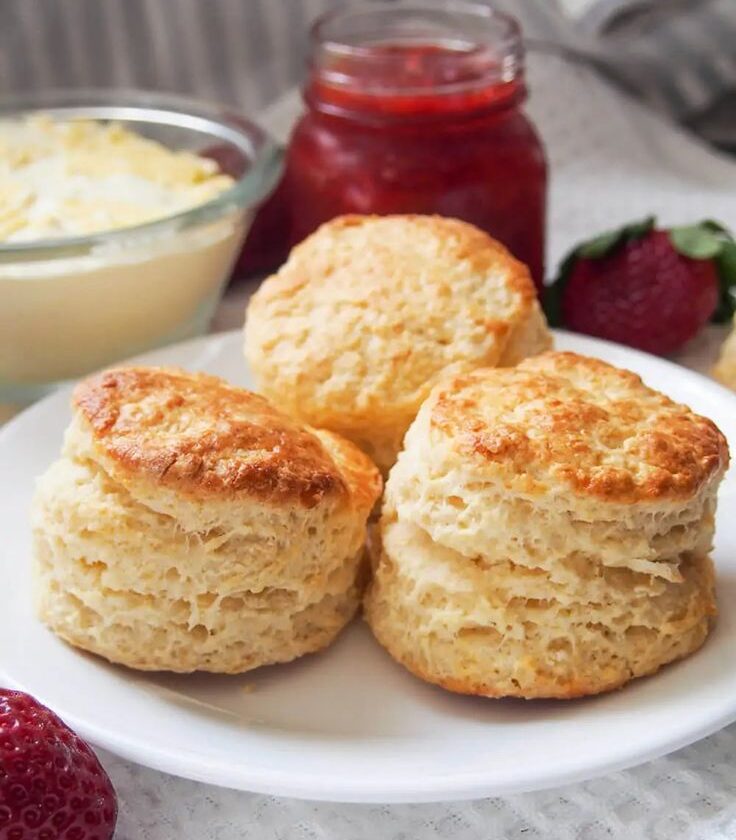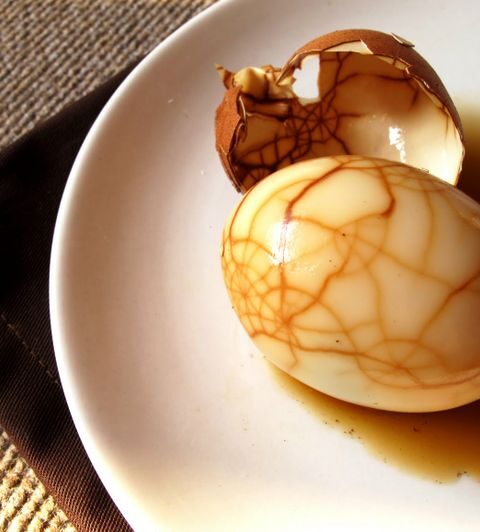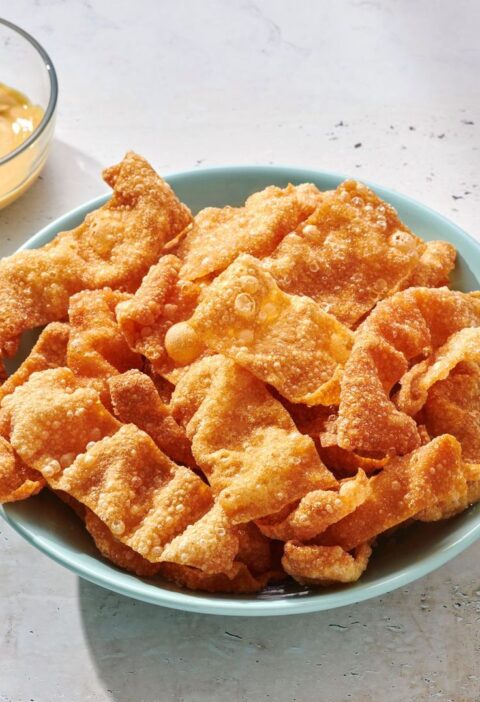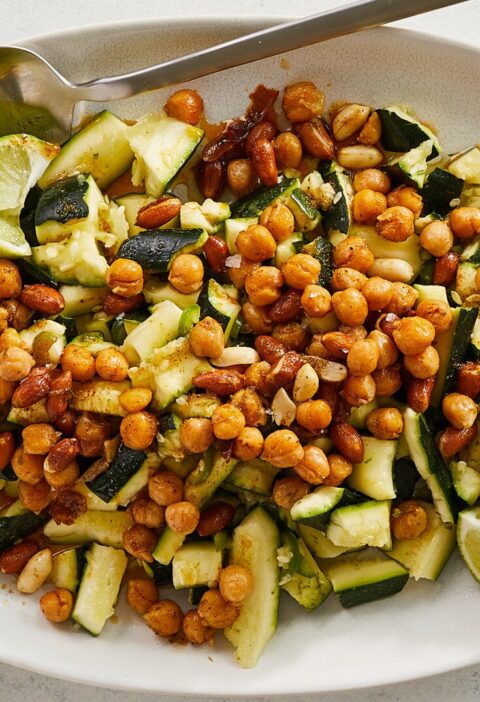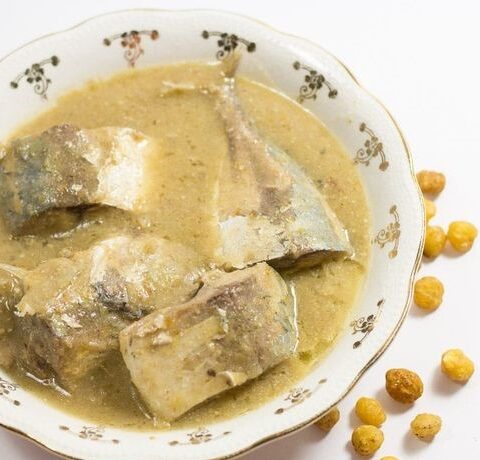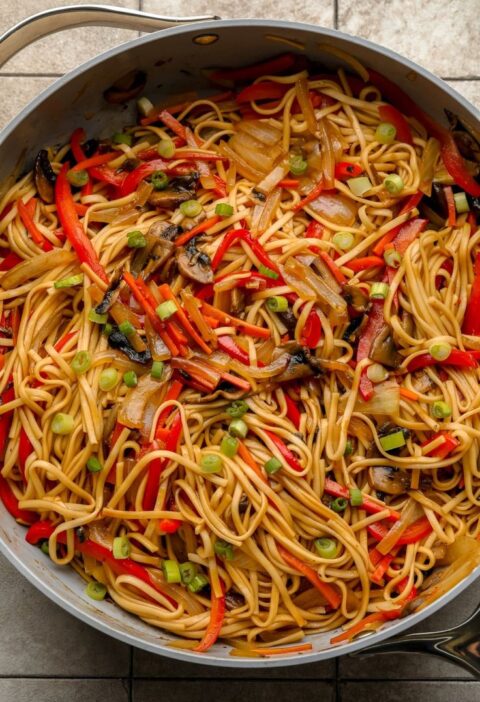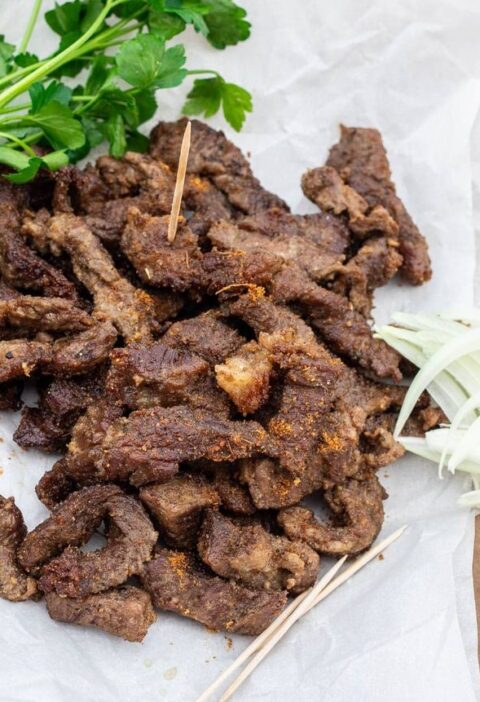1 delicious British Scones.
Sink your teeth into a bit of British bliss! Scones, with their warm, fluffy texture and a hint of satisfying crumble, are a teatime essential. Picture golden pastries waiting to be adorned with jam and dollops of clotted cream. But scones are more than just afternoon treats. Enjoy them plain or studded with plump currants, perfect for a delightful breakfast or an anytime snack. Forget the biscuits and crumpets; the world of scones awaits!
1 Delicious British Scones

1 delicious British scones.
Step into a world of delightful textures and comforting flavors—the world of British scones! More than just pastries, scones are a sensory experience. Imagine warm, fluffy goodness with a hint of satisfying crumble. They’re the stars of afternoon tea, begging to be dressed in dollops of clotted cream and vibrant jams. But scones are more than just teatime royalty. Enjoyed plain or bursting with flavorful additions, they’re perfect for any time of day.
The exact origin of the scone is a bit of a mystery, with some theories tracing it back to Scotland in the 1500s. Initially, they were simple oat or barley flatbreads, a staple food for farmers and laborers. Over time, the recipe evolved to incorporate flour, butter, and leavening agents, resulting in the light and fluffy texture we know and love today.
Often confused with American biscuits, scones have distinct characteristics. Biscuits boast a higher fat content, leading to a denser and flakier texture. They’re also frequently savory, featuring ingredients like cheese or herbs. In contrast, scones are lighter and slightly sweet, relying on a balance of flour, butter, and sugar. Additionally, scones are traditionally shaped by hand, not cut with a biscuit cutter.
Creating the perfect scone requires a gentle touch. High-quality flour forms the foundation, providing structure. Cold butter, incorporated using a “rubbing in” technique, creates air pockets for that signature fluffiness. Sugar adds a touch of sweetness, while eggs and milk bind the dough together. Leavening agents like baking powder or baking soda ensure the scones rise beautifully in the oven.
Shaping scones involves a light hand to avoid overworking the dough. This prevents gluten development, maintaining the desired crumbly texture. Once shaped, a brush of milk or egg wash gives them a golden brown finish after baking.
While plain scones are a classic, the world of scone flavors offers endless possibilities. Here are a few delightful variations to explore:
Currant Scones: Bursting with juicy currants, these scones offer a delightful burst of sweetness in every bite.
Cheese Scones: Savory and slightly salty, cheese scones are perfect for a light lunch or afternoon snack. Popular cheeses include cheddar, Parmesan, or even a combination.
Fruit Scones: Chopped dried fruits like cranberries, cherries, or apricots add pops of color and flavor.
Chocolate Chip Scones: For a decadent treat, fold in melty chocolate chips for a delightful surprise.
No afternoon tea featuring scones is complete without the perfect accompaniments. Here’s where the magic truly happens:
Clotted Cream: This thick Devonshire cream boasts a rich, buttery flavor that pairs beautifully with the scones’ sweetness.
Jam: A vibrant spread of jam, whether strawberry, raspberry, or a seasonal variety, adds a burst of fruity sweetness.
Butter: For a simpler touch, butter is always a welcomed companion.
While scones take center stage at afternoon tea, their versatility extends far beyond. Enjoy them for a light breakfast alongside a cup of tea or coffee. They’re also perfect for a satisfying snack between meals. Scones can even be transformed into decadent desserts by drizzling them with chocolate sauce or frosting.
The beauty of scones lies in their simplicity and adaptability. They’re a delightful reminder that sometimes, the most comforting treats come from the most basic ingredients. So, the next time you crave a bit of British comfort, preheat your oven and embark on a delicious journey through the world of scones. With a warm scone in hand, a dollop of cream, and a touch of jam, you’ll be transported to a quintessential British teatime experience, one delicious bite at a time.
- 2 ¼ cups all-purpose flour, plain flour
- 1 ½ tablespoon baking powder
- ½ teaspoon salt
- 2 tablespoon sugar
- 5 tablespoons of unsalted butter
- ⅔ cup milk
- 1 egg
- Crank your oven to 425°F (220°C) and grab a baking sheet.
- Line it with parchment paper for easy cleanup, or use the baking sheet itself if you prefer.
- In a large bowl, whisk together your flour, baking powder, salt, and sugar.
- Make sure everything is evenly combined.
- Cut your cold butter into small cubes.
- Now comes the fun part—rubbing the butter into the flour mixture.
- You can do this by tossing the butter pieces in the flour and then using your fingertips to break them down into pea-sized bits. Alternatively, use a pastry cutter for a quicker method.
- Remember, the key is to avoid overworking the dough.
- You want a coarse, crumbly texture that resembles breadcrumbs.
- In a small bowl, combine 1 tablespoon of milk with 1 tablespoon of the beaten egg.
- Set this aside for a brush later.
- Add the remaining egg and milk to the flour-butter mixture.
- Gently fold everything together using a blunt knife or a spatula.
- Don’t overmix; we just want everything incorporated.
- Turn the dough out onto a lightly floured surface.
- Gently press it together until it sticks, then flatten it out to a thickness of about ⅔ to 1 inch (2–3 centimeters).
- Use a round cookie cutter (around 2 ½ inches or 6 centimeters in diameter is ideal, but you can adjust the size to your preference) to cut out the scones.
- Try to avoid twisting the cutter as you cut to keep them nice and round.
- Carefully transfer the shaped scones to your prepared baking sheet.
- Brush the tops of your scones with the reserved egg and milk mixture.
- This will give them a beautiful golden brown finish after baking.
- Pop those scones in the preheated oven and bake for about 10–12 minutes.
- You’ll know they’re done when they’re lightly browned on top.

